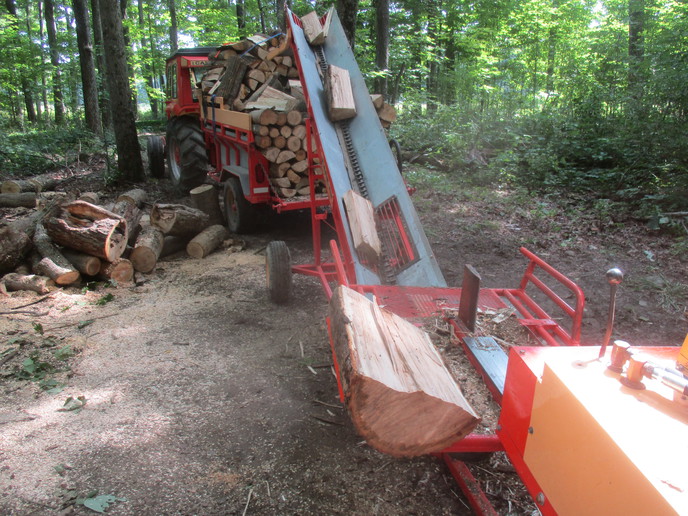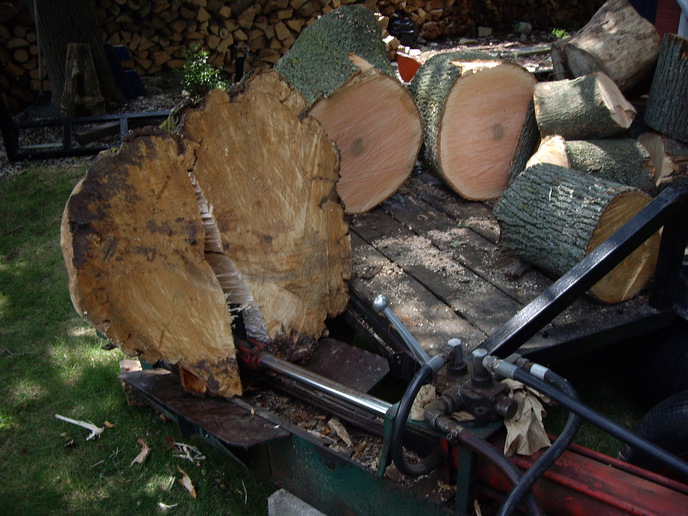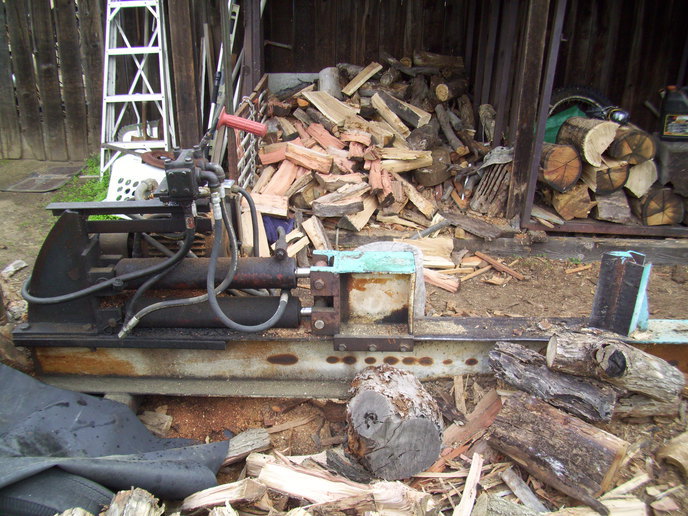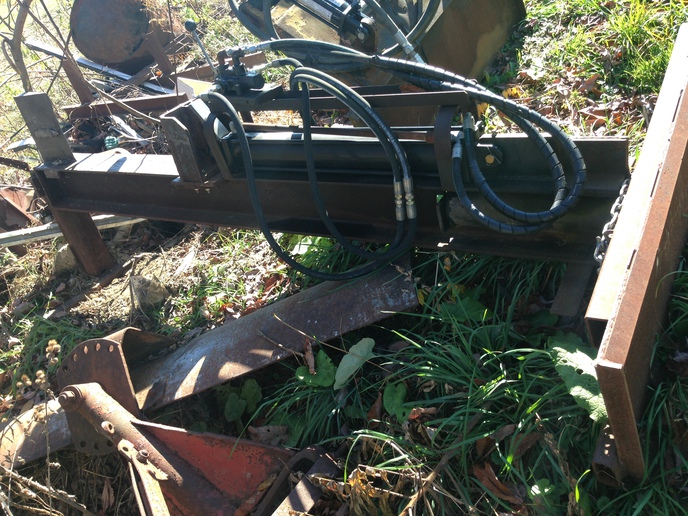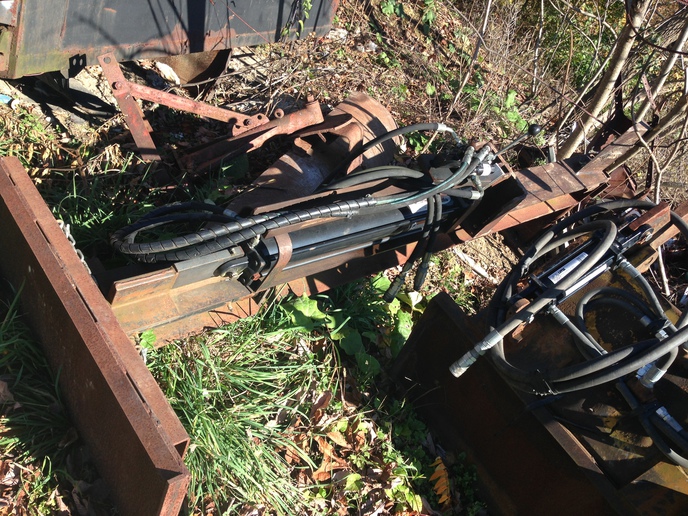John Achmann
Member
Thinking about building a splitter for the skid loader.
Something got me thinking why do you push the wedge
through the block on some and others you push the block
through the wedge? I know some splitters can't have the
wedge welded solid but I've seen it both ways with splitters for
skid loaders. I'm thinking it really don't matter. Wondering what
everyone else thinks? Thanks for any input.
Something got me thinking why do you push the wedge
through the block on some and others you push the block
through the wedge? I know some splitters can't have the
wedge welded solid but I've seen it both ways with splitters for
skid loaders. I'm thinking it really don't matter. Wondering what
everyone else thinks? Thanks for any input.


